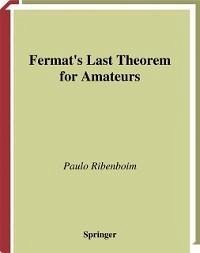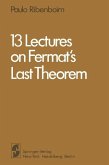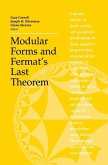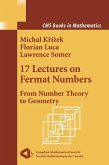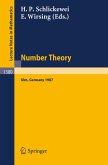In 1995, Andrew Wiles completed a proof of Fermat's Last Theorem. Although this was certainly a great mathematical feat, one shouldn't dismiss earlier attempts made by mathematicians and clever amateurs to solve the problem. In this book, aimed at amateurs curious about the history of the subject, the author restricts his attention exclusively to elementary methods that have produced rich results.
Dieser Download kann aus rechtlichen Gründen nur mit Rechnungsadresse in A, B, BG, CY, CZ, D, DK, EW, E, FIN, F, GR, HR, H, IRL, I, LT, L, LR, M, NL, PL, P, R, S, SLO, SK ausgeliefert werden.
From the reviews: MATHEMATICAL REVIEWS "The history of elementary approaches to Fermat is very rich indeed, and Ribenboim has arranged these approaches in a way that makes them accessible to interested readers without extensive mathematical backgrounds...both readable and fairly comprehensive. This book would likely be of great interest to an enthusiastic undergraduate with a basic knowledge of rings and fields. In addition to describing the history of one of the great problems in number theory, the book provides a gentle and well-motivated introduction to some important ideas in modern number theory...any reader who spends a few hours with this book is guaranteed to learn something new and interesting about Fermat's last theorem."

